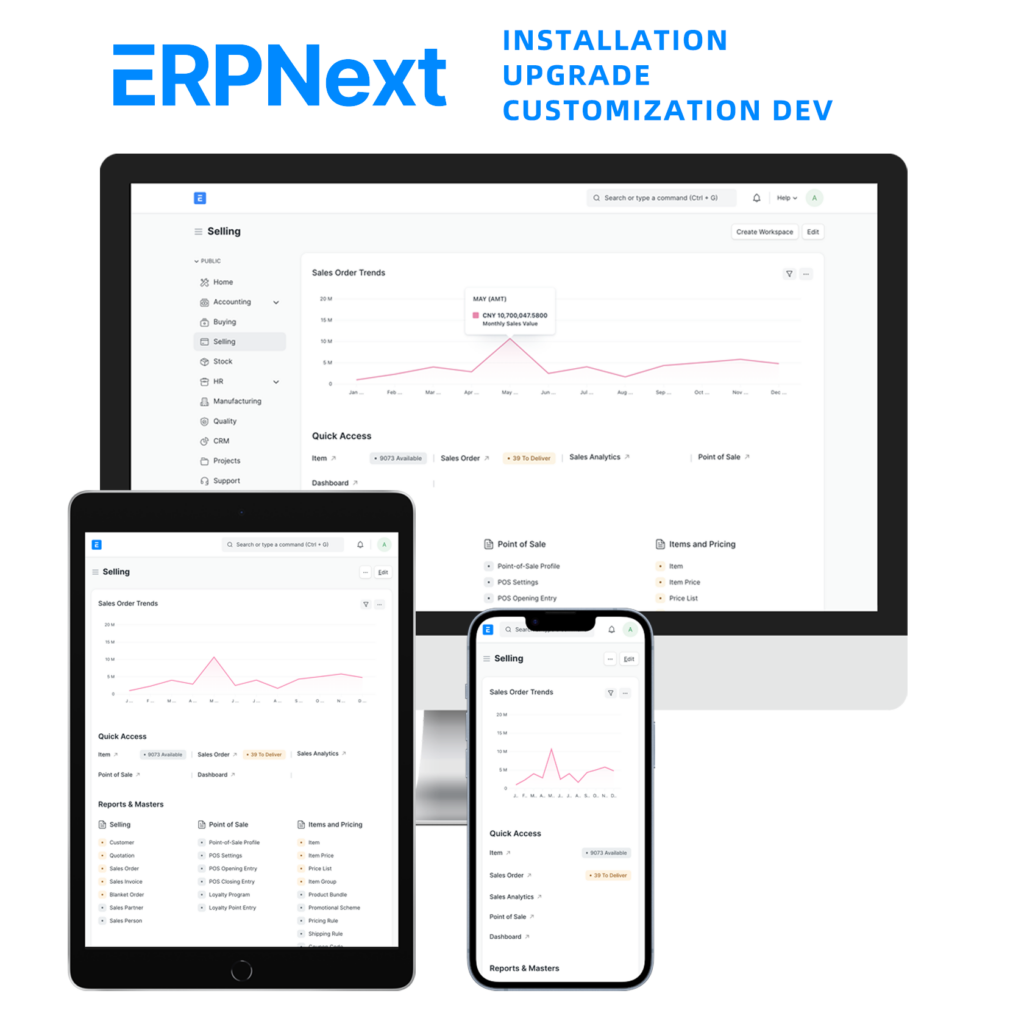In many small and medium-sized enterprises (SMEs), the boss often says:
“As long as we can sell our products and keep track of inventory, a simple inventory management system is enough. Why spend money on ERP?”

At first glance, this sounds reasonable. An inventory management system can handle stock, generate in/out records, and even link with sales data. But as the business grows, problems start to emerge one by one.
Case Study: A Company’s “Inventory Management Dilemma”
Company A is a business dealing in electronic components. In the early days, the business was small. The boss used a basic inventory management system for stock control, Excel for accounting, and WeChat for sales orders. Everything seemed to work fine.
Three years later, sales had tripled, customers had multiplied, the supply chain had grown more complex, and problems piled up:
- Financial closing took 10 days because data was scattered across multiple systems, making reconciliation a nightmare.
- Sales reps oversold inventory frequently, leading to constant calls from customers chasing orders.
- The boss couldn’t get a full picture of how much a customer had bought over the past year due to incomplete data.
At this point, the limitations of simple inventory management became clear. It only handles inventory and sales data, while the company actually needs unified management and real-time collaboration across finance, supply chain, sales, procurement, and even production. This is exactly what ERP excels at.
What ERP Brings to the Table
- Data Integration: Sales, inventory, finance, and procurement data are all connected, eliminating the need to jump between different software systems.
- Real-Time Decision-Making: The boss can instantly see the company’s operational status — inventory levels, profits, and more — all at a glance.
- Standardized Processes: From order placement to delivery to payment, every step is system-driven, reducing human errors.
After implementing ERP, Company A reduced its financial closing time from 10 days to 1 day, improved inventory accuracy to 98%, and gave the boss real-time business reports right on his smartphone. Management efficiency skyrocketed.
In short, inventory systems solve the problem of selling goods, while ERP solves the problem of managing the entire enterprise. The journey of growing a company often goes from “being able to sell” to “being able to manage effectively.”